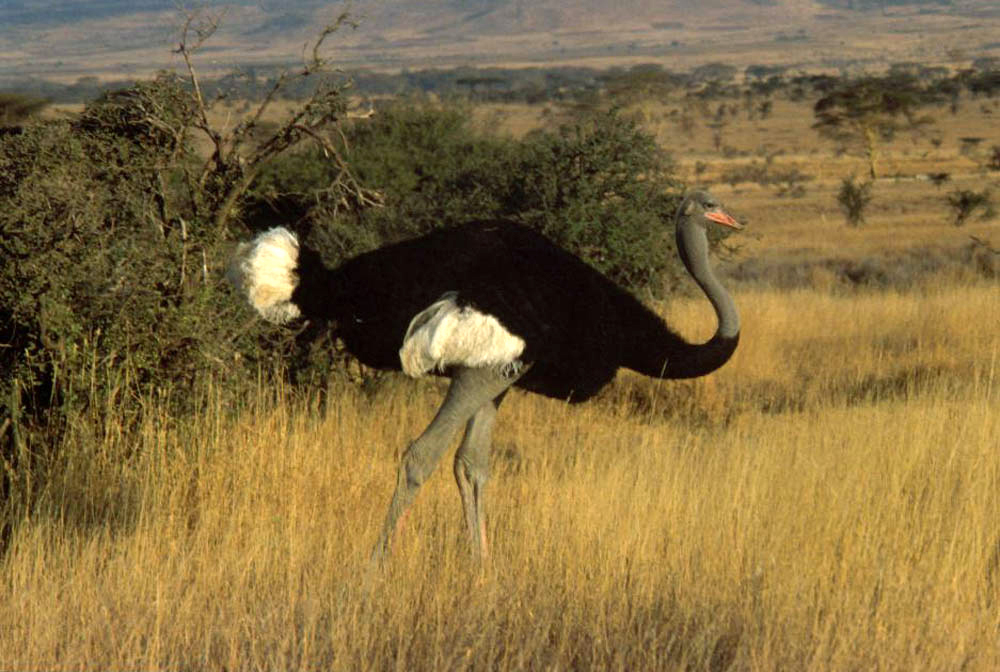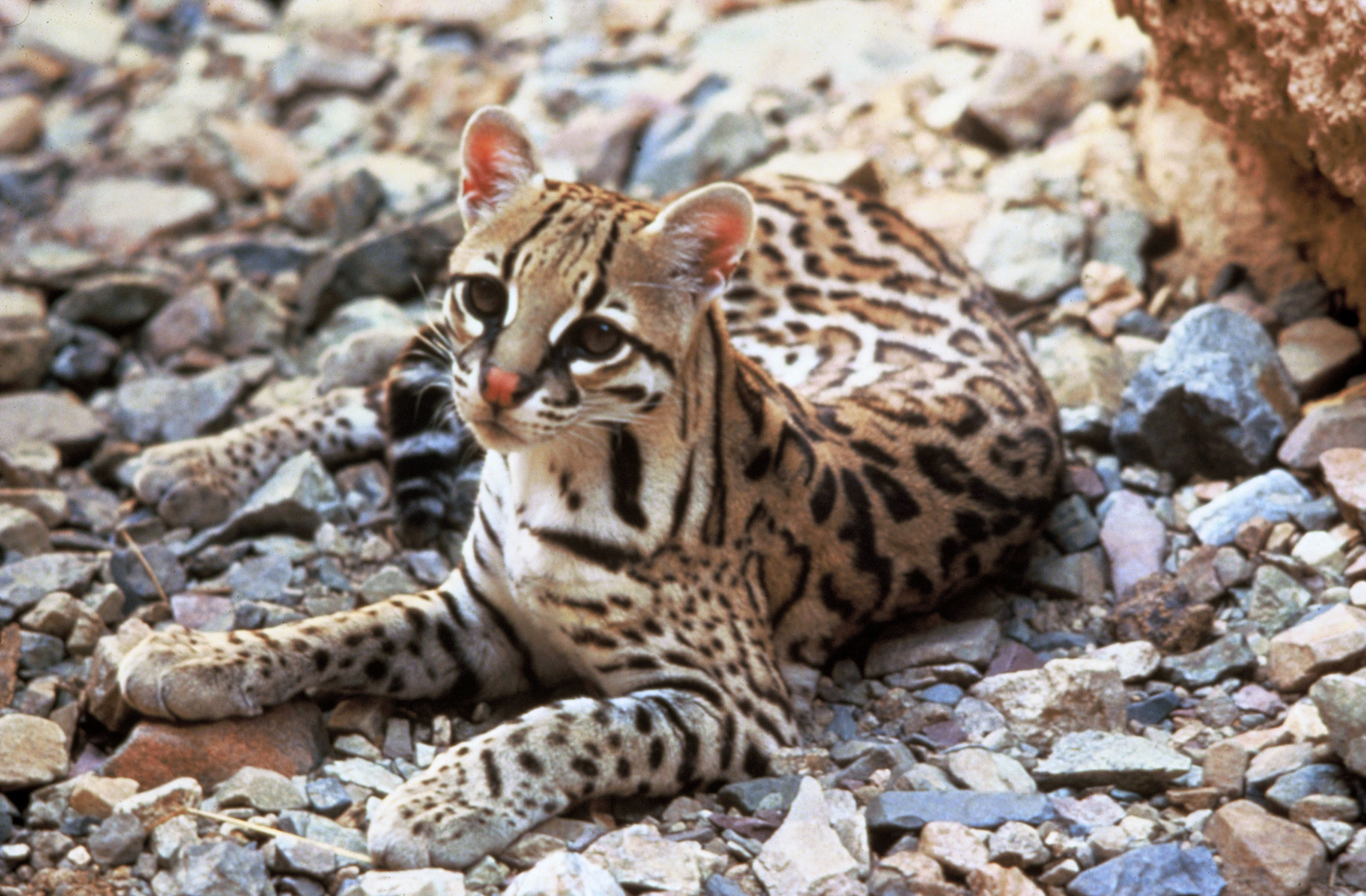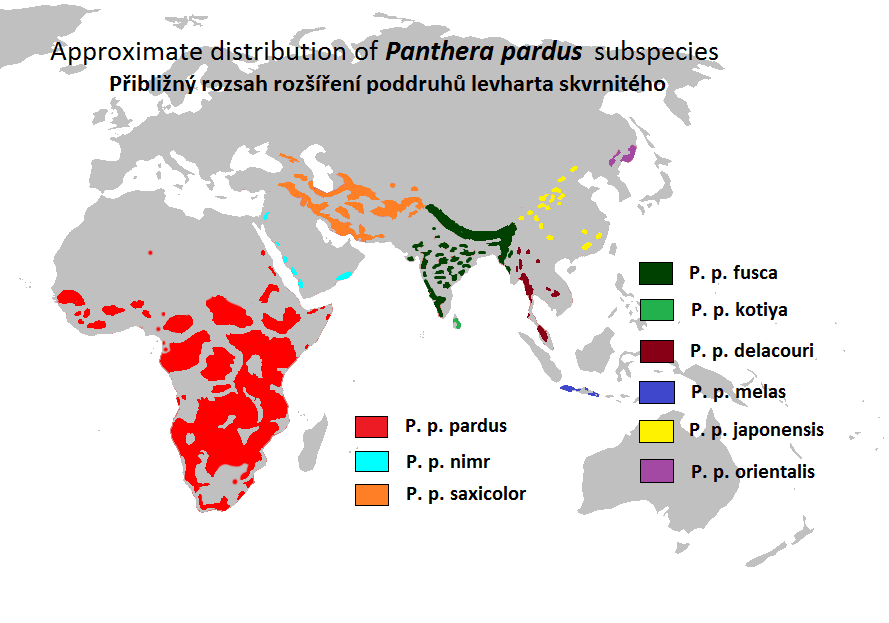|
George Wombwell
George Wombwell (24 December 1777 – 16 November 1850) was a famous menagerie exhibitor in Regency and early Victorian Britain. He founded Wombwell's Travelling Menagerie. Life and work George Wombwell was born at Duddenhoe End, near Saffron Walden, Essex. Around 1800 he moved to London and in 1804 became a shoemaker in Soho. However, when a ship from South America brought two boas to London docks, he bought them for £75 and began to exhibit them in taverns. He soon made a good profit. Wombwell began to buy exotic animals from ships that came from Africa, Australia and South America, and collected a whole menagerie and put them on display. In 1810 he founded the Wombwell's Travelling Menagerie and began to tour the fairs of Britain. By 1839 it totalled fifteen wagons, and was accompanied by a brass band. His travelling menagerie included elephants, giraffes, a gorilla, a hyena, kangaroo, leopards, 6 lions, llamas, monkeys, ocelots, onagers, ostriches, panthers, a ... [...More Info...] [...Related Items...] OR: [Wikipedia] [Google] [Baidu] |
Menagerie
A menagerie is a collection of captive animals, frequently exotic, kept for display; or the place where such a collection is kept, a precursor to the modern zoo or zoological garden. The term was first used in 17th-century France, referring to the management of household or domestic stock. Later, it came to be used primarily in reference to aristocratic or royal animal collections. The French-language ''Methodical Encyclopaedia'' of 1782 defines a menagerie as an "establishment of luxury and curiosity". Later on, the term referred also to travelling animal collections that exhibited wild animals at fairs across Europe and the Americas. Aristocratic menageries A menagerie was mostly connected with an aristocratic or royal court and was situated within a garden or park of a palace. These aristocrats wanted to illustrate their power and wealth by displaying exotic animals which were uncommon, difficult to acquire, and expensive to maintain in a living and active state. The aris ... [...More Info...] [...Related Items...] OR: [Wikipedia] [Google] [Baidu] |
Brass Band
A brass band is a musical ensemble generally consisting primarily of brass instruments, most often with a percussion section. Ensembles that include brass and woodwind instruments can in certain traditions also be termed brass bands (particularly in the context of New Orleans and Japan–style brass bands), but may be more correctly termed military bands, concert bands, or "brass and reed" bands. Styles Balkan Balkan-style Brass Bands (, ''trumpet'') play a distinctive style of music originating in 19th century Balkans. The music's tradition stems from the First Serbian Uprising led by Karageorge, Karađorđe in 1804 when Serbs revolted against the occupying Ottoman Empire, eventually liberating Serbia. The trumpet was used as a military instrument to wake and gather soldiers and announce battles, the trumpet took on the role of entertainment during downtime, as soldiers used it to transpose popular folk songs. It is popular throughout the Balkans, especially Serbia, Albania, N ... [...More Info...] [...Related Items...] OR: [Wikipedia] [Google] [Baidu] |
Ostrich
Ostriches are large flightless birds. Two living species are recognised, the common ostrich, native to large parts of sub-Saharan Africa, and the Somali ostrich, native to the Horn of Africa. They are the heaviest and largest living birds, with adult common ostriches weighing anywhere between 63.5 and 145 kilograms and laying the largest eggs of any living land animal.Del Hoyo, Josep, et al. Handbook of the birds of the world. Vol. 1. No. 8. Barcelona: Lynx edicions, 1992. With the ability to run at 70 km/h (43.5 mph), they are the fastest birds on land. They are farmed worldwide, with significant industries in the Philippines and in Namibia. South Africa produces about 70% of global ostrich products, with the industry largely centered around the town of Oudtshoorn. Ostrich leather is a lucrative commodity, and the large feathers are used as plumes for the decoration of ceremonial headgear. Ostrich eggs and meat have been used by humans for millennia. Ostrich ... [...More Info...] [...Related Items...] OR: [Wikipedia] [Google] [Baidu] |
Onager
The onager (, ) (''Equus hemionus''), also known as hemione or Asiatic wild ass, is a species of the family Equidae native to Asia. A member of the subgenus ''Asinus'', the onager was Scientific description, described and given its binomial name by German zoologist Peter Simon Pallas in 1775. Six subspecies are accepted. The onager is reddish-brown or yellowish-brown and has a broad dorsal stripe on the middle of the back. It weighs about and reaches about head-body length. It is among the Fastest animals#Mammals, fastest mammals, capable of running . The onager had a wider range from southwest and central to northern Asia including the Levant region, Arabian Peninsula, Afghanistan and Siberia; the prehistoric European wild ass subspecies ranged through Europe until the Bronze Age. During the early 20th century, it lost most of its range in the Middle East and Eastern Asia and lives today in Iran, Kazakhstan, Uzbekistan, Turkmenistan, India, Mongolia and China. It inhabits de ... [...More Info...] [...Related Items...] OR: [Wikipedia] [Google] [Baidu] |
Ocelot
The ocelot (''Leopardus pardalis'') is a medium-sized spotted Felidae, wild cat that reaches at the shoulders and weighs between on average. It is native to the southwestern United States, Mexico, Central America, Central and South America, and the Caribbean islands of Trinidad and Margarita Island, Margarita. Carl Linnaeus scientific description, scientifically described it in 1758. Two subspecies are recognized. The ocelot is efficient at climbing, leaping and swimming. It prefers areas close to water sources with dense vegetation cover and high prey availability. It preys on small terrestrial mammals, such as armadillos, opossums, and lagomorphs. It is typically active during twilight and at night and tends to be solitary and Territory (animal), territorial. Both sexes become sexual maturity, sexually mature at around two years of age and can breed throughout the year; peak mating season varies geographically. After a gestation period of two to three months, the female giv ... [...More Info...] [...Related Items...] OR: [Wikipedia] [Google] [Baidu] |
Monkey
Monkey is a common name that may refer to most mammals of the infraorder Simiiformes, also known as simians. Traditionally, all animals in the group now known as simians are counted as monkeys except the apes. Thus monkeys, in that sense, constitute an incomplete paraphyletic grouping; alternatively, if apes (Hominoidea) are included, ''monkeys'' and ''simians'' are synonyms. In 1812, Étienne Geoffroy grouped the apes and the Cercopithecidae group of monkeys together and established the name Catarrhini, "Old World monkeys" ("''singes de l'Ancien Monde''" in French). The extant sister of the Catarrhini in the monkey ("singes") group is the Platyrrhini (New World monkeys). Some nine million years before the divergence between the Cercopithecidae and the apes, the Platyrrhini emerged within "monkeys" by migration to South America likely by ocean. Apes are thus deep in the tree of extant and extinct monkeys, and any of the apes is distinctly closer related to the Cercopith ... [...More Info...] [...Related Items...] OR: [Wikipedia] [Google] [Baidu] |
Llama
The llama (; or ) (''Lama glama'') is a domesticated South American camelid, widely used as a List of meat animals, meat and pack animal by Inca empire, Andean cultures since the pre-Columbian era. Llamas are social animals and live with others as a herd. Their wool is soft and contains only a small amount of lanolin. Llamas can learn simple tasks after a few repetitions. When using a pack, they can carry about 25 to 30% of their body weight for 8 to 13 kilometre, km (5–8 miles). The name ''llama'' (also historically spelled "lama" or "glama") was adopted by European colonization of the Americas, European settlers from Indigenous people in Peru, native Peruvians. The ancestors of llamas are thought to have originated on the Great Plains of North America about 40 million years ago and subsequently migrated to South America about three million years ago during the Great American Interchange. By the end of the last Quaternary glaciation, ice age (10,000–12,000 years ago) ... [...More Info...] [...Related Items...] OR: [Wikipedia] [Google] [Baidu] |
Lion
The lion (''Panthera leo'') is a large Felidae, cat of the genus ''Panthera'', native to Sub-Saharan Africa and India. It has a muscular, broad-chested body (biology), body; a short, rounded head; round ears; and a dark, hairy tuft at the tip of its tail. It is sexually dimorphic; adult male lions are larger than females and have a prominent mane. It is a social species, forming groups called prides. A lion's pride consists of a few adult males, related females, and cubs. Groups of female lions usually hunt together, preying mostly on medium-sized and large ungulates. The lion is an apex predator, apex and keystone predator. The lion inhabits grasslands, savannahs, and shrublands. It is usually more diurnality, diurnal than other wild cats, but when persecuted, it adapts to being active nocturnality, at night and crepuscular, at twilight. During the Neolithic period, the lion ranged throughout Africa and Eurasia, from Southeast Europe to India, but it has been reduced to fr ... [...More Info...] [...Related Items...] OR: [Wikipedia] [Google] [Baidu] |
Leopard
The leopard (''Panthera pardus'') is one of the five extant cat species in the genus ''Panthera''. It has a pale yellowish to dark golden fur with dark spots grouped in rosettes. Its body is slender and muscular reaching a length of with a long tail and a shoulder height of . Males typically weigh , and females . The leopard was first described in 1758, and several subspecies were proposed in the 19th and 20th centuries. Today, eight subspecies are recognised in its wide range in Africa and Asia. It initially evolved in Africa during the Early Pleistocene, before migrating into Eurasia around the Early–Middle Pleistocene transition. Leopards were formerly present across Europe, but became extinct in the region at around the end of the Late Pleistocene-early Holocene. The leopard is adapted to a variety of habitats ranging from rainforest to steppe, including arid and montane areas. It is an opportunistic predator, hunting mostly ungulates and primates. It relies on it ... [...More Info...] [...Related Items...] OR: [Wikipedia] [Google] [Baidu] |
Kangaroo
Kangaroos are marsupials from the family Macropodidae (macropods, meaning "large foot"). In common use, the term is used to describe the largest species from this family, the red kangaroo, as well as the antilopine kangaroo, eastern grey kangaroo, and western grey kangaroo. Kangaroos are indigenous to Australia and New Guinea. The Australian government estimates that 42.8 million kangaroos lived within the commercial harvest areas of Australia in 2019, down from 53.2 million in 2013. As with the terms " wallaroo" and "wallaby", "kangaroo" refers to a paraphyletic grouping of species. All three terms refer to members of the same taxonomic family, Macropodidae, and are distinguished according to size. The largest species in the family are called "kangaroos" and the smallest are generally called "wallabies". The term "wallaroos" refers to species of an intermediate size. There are also the tree-kangaroos, another type of macropod which inhabit the upper branches ... [...More Info...] [...Related Items...] OR: [Wikipedia] [Google] [Baidu] |
Hyena
Hyenas or hyaenas ( ; from Ancient Greek , ) are feliform carnivoran mammals belonging to the family Hyaenidae (). With just four extant species (each in its own genus), it is the fifth-smallest family in the order Carnivora and one of the smallest in the class Mammalia. Despite their low diversity, hyenas are unique and vital components of most African ecosystems. Although phylogenetically closer to felines and viverrids, hyenas are behaviourally and morphologically similar to canids in several elements due to convergent evolution: both hyenas and canines are non-arboreal, cursorial hunters that catch prey with their teeth rather than claws. Both eat food quickly and may store it, and their calloused feet with large, blunt, nonretractable claws are adapted for running and making sharp turns. However, hyenas' grooming, scent marking, defecation habits, mating, and parental behavior are consistent with the behavior of other feliforms. Hyenas feature prominently in the fo ... [...More Info...] [...Related Items...] OR: [Wikipedia] [Google] [Baidu] |
Gorilla
Gorillas are primarily herbivorous, terrestrial great apes that inhabit the tropical forests of equatorial Africa. The genus ''Gorilla'' is divided into two species: the eastern gorilla and the western gorilla, and either four or five subspecies. The DNA of gorillas is highly similar to that of humans, from 96 to 99% depending on what is included, and they are the next closest living relatives to humans after the chimpanzees. Gorillas are the largest living primates, reaching heights between , weights between , and arm spans up to , depending on species and sex. They tend to live in troops, with the leader being called a silverback. The eastern gorilla is distinguished from the western by darker fur colour and some other minor morphological differences. Gorillas tend to live 35–40 years in the wild. Gorillas' natural habitats cover tropical or subtropical forest in Sub-Saharan Africa. Although their range covers a small percentage of Sub-Saharan Africa, gorillas c ... [...More Info...] [...Related Items...] OR: [Wikipedia] [Google] [Baidu] |








